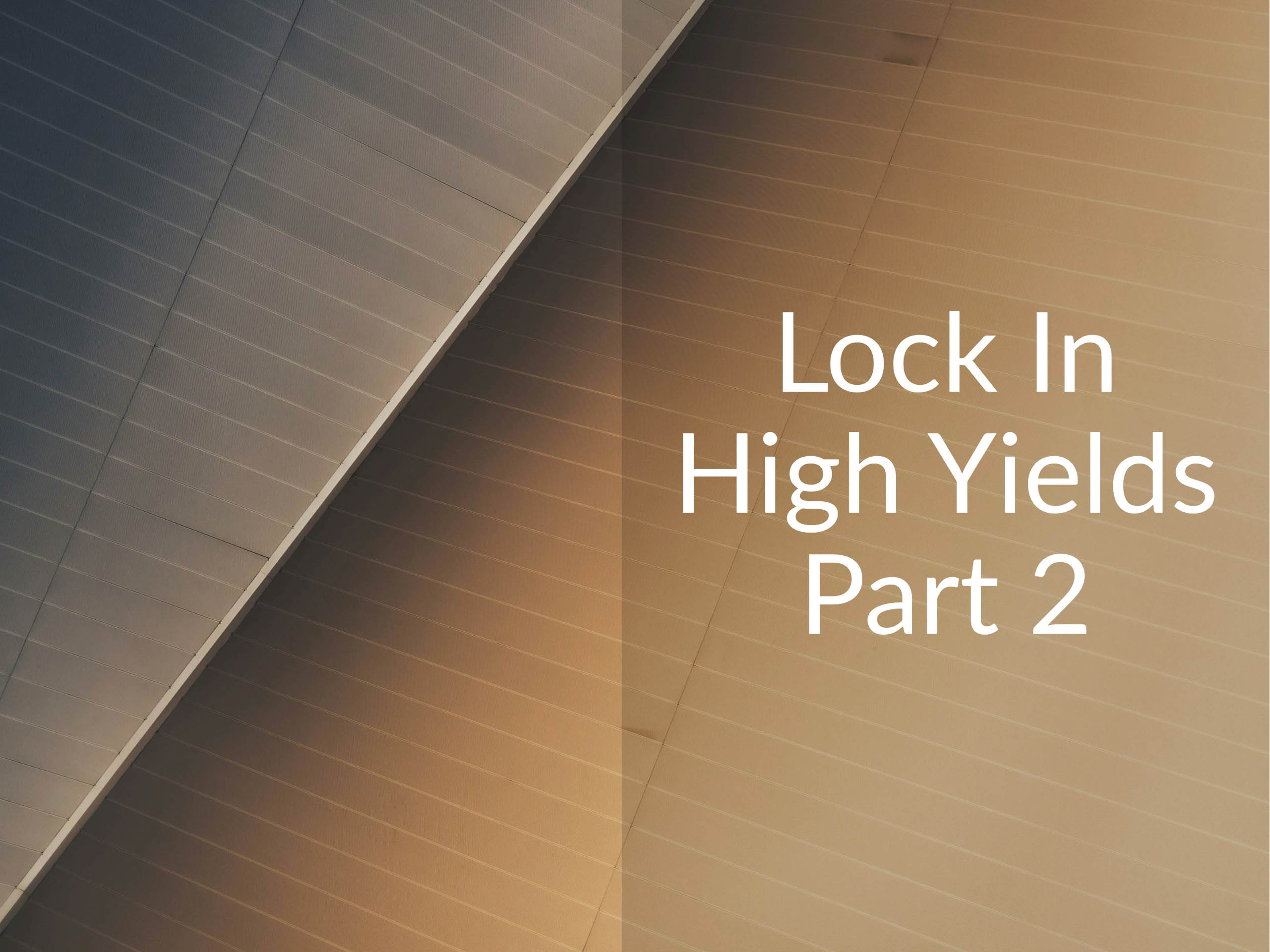Professional investors and other market participants are lousy at forecasting interest rates. Here are three more options to lock in higher yields today.

Topics covered include:
- The risk of buying long-term bonds and ETFs to benefit from falling yields
- How volatility drag has impacted a long-term bond ETF like TLT
- Why interest rates won’t go up just because the government issues more bonds
- How CDs, fixed annuities, and zero-coupon bonds work
- We compare and contrast the seven fixed-income options reviewed in this two-part series
Show Notes
Investors may be getting the Federal Reserve wrong, again—The Economist
Today’s Best Multi-Year Guaranteed Annuities—Immediate Annuities
Zero-Coupon Treasuries Flew Off Shelves During October Yield Surge by Elizabeth Stanton—Bloomberg
Episode Sponsors
Monarch Money – Get an extended 30-day free trial
Related Episodes
463: How to Lock in Higher Yields in Case Interest Rates Fall
418: Bond Investing Masterclass
Transcript
Welcome to Money for the Rest of Us. This is a personal finance show on money, how it works, how to invest it, and how to live without worrying about it. I’m your host, David Stein. Today is episode 464. It’s titled “More Ways to Lock in Higher Yields in Case Interest Rates Fall.”
We’re currently doing a listener survey for listeners of Money for the Rest of Us, and we asked listeners what they want to hear about. And one of the leading suggestions is to do more multi-part series over several episodes that take a deeper dive into a particular topic. That’s what this episode is. We discussed a number of ways to lock in higher yields in last week’s episode. We want to continue that discussion in this week’s episode and share some additional ways that we can lock in higher yields.
Now, why would we want to do that? One of the questions we got from one of our Plus members is “Well, if we think interest rates are going to fall, then why don’t we just purchase a longer-term bond fund or ETF and benefit from the price appreciation if interest rates do fall?” The reason is we’re not sure they’re going to fall, and we want to protect ourselves in case interest rates rise.
Interest Rate Drivers
In last week’s episode, we reviewed the three primary drivers that determine interest rates. The first is the expectation for future short-term interest rates. And that’s tied to the central bank policy rate; in the US that’s the Fed funds rate. As investors believe a central bank will be lowering its policy rate in the future, that can put downward pressure on interest rates.
The second driver was inflation expectations. When market participants believe inflation rates are going up, or expected inflation, that can put upward pressure on interest rates, and when they believe inflation will be falling, that can put downward pressure.
The third element was the term premium—additional compensation investors demand for uncertainty regarding inflation and what central banks will do. This term premium is also a catch-all from the impacts of supply and demand. We’ve seen interest rates fall about 0.9% since last fall, and about half of that was due to the term premium declining, and the rest was due to expectations that short-term interest rates would fall, the policy rate, as well as lower inflation expectations.
Poor Track Record of Policy Rate Predictions
Last week in The Economist there was an article that shared a pretty fascinating graph. It was a graph of the federal funds rate target over time, going back to 2007. And it shows the policy rate, which right now is at 5.25%. But off that main bolded line, there are all these other little lines going off to the right; sometimes they go up, sometimes they go down.
And those lines reflect the future expectations of short-term interest rates at that given point in time. I’ll include the chart in our weekly Insider’s Guide emails; it’s hard to explain in audio. But the conclusion of it is that market participants are not very good at predicting interest rates.
Throughout the Fed’s raising of the policy rate over the past two years, the expectation of market participants was it would never get anywhere near as high as it eventually got. And now they’re anticipating that the policy rate will fall, but their expectations for how much it would fall varies over time. And so when we talk about locking in higher yields, it’s because we don’t know if interest rates are going to fall, or whether they’re going to rise, and we’re content that we can get 4% or 5%, lock in that return over the next five years or so.
As a Money For the Rest of Us Plus member, you are able to listen to the podcast in an ad-free format and have access to the written transcript for each week’s episode. For listeners with hearing or other impairments that would like access to transcripts please send an email to team@moneyfortherestofus.com Learn More About Plus Membership »
